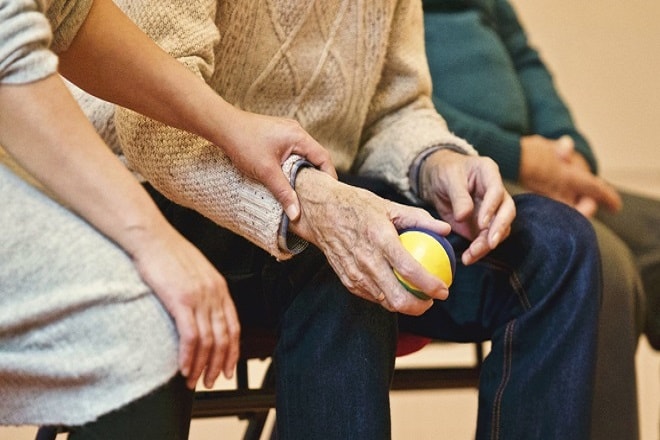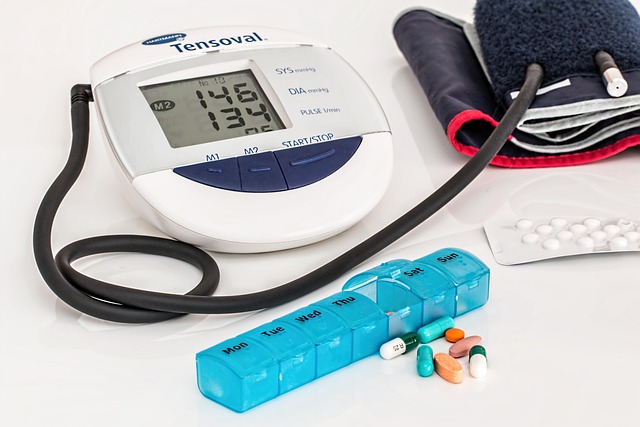Find Your Perfect Senior Home: Supportive, Safe, and Tailored to You
Finding the ideal senior home is about more than comfort—it’s about safety, support, and a lifestyle tailored to your needs. In 2025, modern senior living offers thoughtfully designed spaces, compassionate care, and personalized services that empower residents to enjoy every day with dignity and peace of mind. Discover how the right home can transform the golden years.

As families explore care options for aging loved ones, the landscape of senior housing has evolved dramatically. Modern facilities now offer diverse levels of support, enhanced safety measures, and customized services designed to honor individual preferences and lifestyles. Understanding these options empowers families to select environments where seniors can thrive with dignity and comfort.
What Are the Supportive Senior Care Options Available?
Senior care encompasses a range of residential settings, each designed to meet different needs. Independent living communities cater to active seniors who want maintenance-free living with social opportunities. Assisted living facilities provide help with daily activities like bathing, dressing, and medication management while promoting independence. Memory care units specialize in supporting individuals with Alzheimer’s disease or dementia through structured routines and secure environments. Skilled nursing facilities offer round-the-clock medical care for those with complex health conditions. Continuing care retirement communities provide a continuum of services, allowing residents to age in place as their needs change. Each option addresses specific levels of care, making it essential to assess current and anticipated needs when choosing a community.
How Can You Ensure a Safe and Comfortable Care Environment?
Safety features form the foundation of quality senior housing. Look for facilities with well-lit hallways, grab bars in bathrooms, non-slip flooring, and emergency call systems in every room. Security measures such as monitored entry points and staff presence around the clock contribute to resident protection. Fire safety systems, including sprinklers and clearly marked exits, should meet current codes. Comfortable environments extend beyond physical safety to include temperature control, noise management, and accessible outdoor spaces. Cleanliness standards and infection control protocols have become increasingly important. During visits, observe staff interactions with residents, noting whether they demonstrate respect, patience, and attentiveness. Ask about staff-to-resident ratios, as adequate staffing directly impacts response times and quality of care. Request information about incident reporting procedures and how families are notified of concerns.
What Personalized Services Are Available in Modern Facilities?
Today’s senior care facilities recognize that one-size-fits-all approaches do not serve residents well. Personalized care plans begin with comprehensive assessments of physical health, cognitive abilities, social preferences, and cultural backgrounds. Many communities offer customized meal plans accommodating dietary restrictions, preferences, and nutritional needs. Activity programs range from fitness classes and art workshops to book clubs and gardening, allowing residents to pursue individual interests. Some facilities provide concierge services, transportation for appointments and outings, and salon services. Technology integration enables residents to video chat with family, access entertainment, and monitor health metrics. Specialized programs may include physical therapy, occupational therapy, and speech therapy tailored to individual recovery or maintenance goals. Pet-friendly policies and intergenerational programs add meaningful dimensions to daily life. When evaluating facilities, ask how care plans are developed, how often they are reviewed, and how family input is incorporated.
What Are the Modern Trends Shaping Senior Care in 2025?
The senior care industry continues to evolve with innovations focused on wellness, technology, and person-centered approaches. Wellness programs emphasize preventive care, chronic disease management, and mental health support. Technology integration includes telehealth consultations, wearable health monitors, and smart home features that enhance safety without sacrificing privacy. Green building designs with natural lighting, outdoor access, and sustainable practices create healthier living environments. Small-house models replicate home-like settings with fewer residents per household, promoting deeper relationships and individualized routines. Cultural competency training ensures staff can respectfully serve diverse populations. Intergenerational programming connects seniors with younger community members through shared activities. Transparency in pricing and quality metrics helps families make informed comparisons. These trends reflect a shift toward viewing senior housing not as institutional care but as vibrant communities supporting purposeful aging.
How Do You Evaluate and Compare Different Facilities?
Comparing senior care options requires systematic evaluation across multiple dimensions. Start by identifying must-have features versus nice-to-have amenities based on specific needs. Schedule tours at multiple facilities, ideally during mealtimes or activity periods to observe daily operations. Prepare questions about staffing credentials, turnover rates, and training programs. Review state inspection reports and complaint histories through regulatory agencies. Speak with current residents and their families about satisfaction levels and any concerns. Examine contracts carefully, noting move-in costs, monthly fees, and what services are included versus charged separately. Understand refund policies and conditions under which fees may increase. Consider location relative to family members who will visit regularly. Assess the financial stability of the organization operating the facility. Trust your instincts about whether the environment feels welcoming and whether staff seem genuinely engaged with residents.
| Facility Type | Average Monthly Cost | Services Included | Typical Resident Profile |
|---|---|---|---|
| Independent Living | $1,500 - $4,000 | Housing, meals, activities, maintenance | Active seniors needing minimal assistance |
| Assisted Living | $3,500 - $6,500 | Personal care, medication management, meals | Seniors needing daily living support |
| Memory Care | $4,500 - $8,000 | Specialized dementia care, secure environment | Individuals with cognitive impairments |
| Skilled Nursing | $7,000 - $10,000+ | 24-hour medical care, rehabilitation services | Seniors with complex medical needs |
Prices, rates, or cost estimates mentioned in this article are based on the latest available information but may change over time. Independent research is advised before making financial decisions.
Costs vary significantly based on geographic location, facility amenities, and level of care required. Urban areas typically command higher prices than rural communities. Some facilities offer all-inclusive pricing while others charge a la carte for additional services. Understanding the financial structure helps families budget appropriately and avoid unexpected expenses. Many communities require entrance fees or community fees in addition to monthly charges. Long-term care insurance, veterans benefits, and Medicaid may offset costs for eligible individuals.
Selecting a senior home involves balancing practical considerations with emotional factors. The ideal facility provides appropriate care levels, maintains high safety standards, and respects individual preferences. By thoroughly researching options, visiting multiple communities, and asking detailed questions, families can identify environments where seniors receive supportive care while maintaining dignity and quality of life. This decision shapes daily experiences and overall well-being, making careful evaluation essential.
This article is for informational purposes only and should not be considered medical advice. Please consult a qualified healthcare professional for personalized guidance and treatment.




